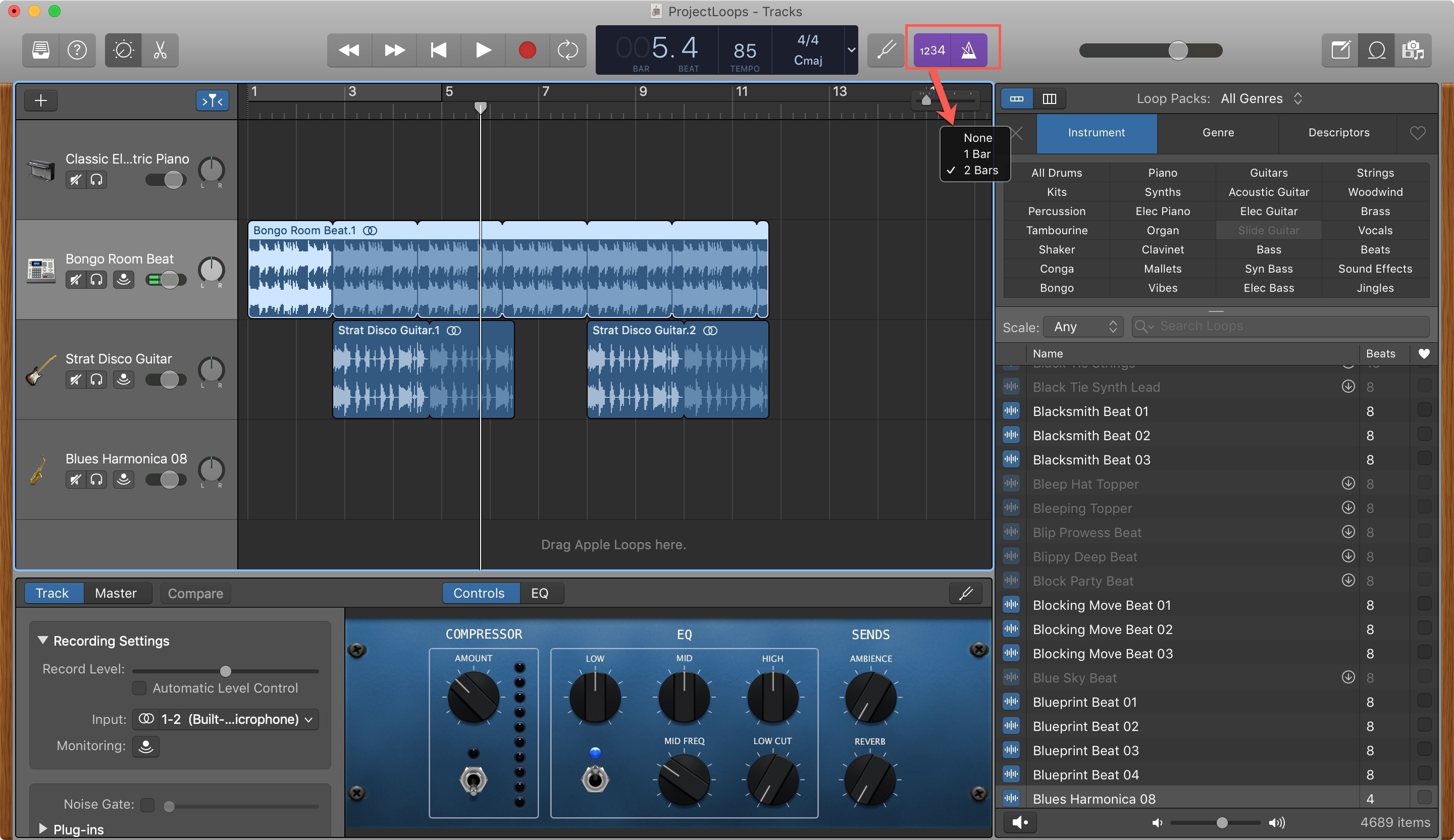

Another would allow the company to alert users if their blood-oxygen level drops, people familiar with the issue said.
#Click track app for mac update
One such update would allow people diagnosed with the irregular heart rhythm known as atrial fibrillation, or AFib, to use the watch feature designed to track that condition, according to the documents and people familiar with the plans. Separately, Apple wants the FDA to sign off on updates to existing watch features. Updates to existing featuresįinally, the Wall Street Journal reports that Apple is pushing the FDA to approve updates to existing capabilities of the Apple Watch. feature could be used to detect fevers, but it’s unclear if that would be available from the start. In the future, Apple reportedly hopes that this. “A planned use for the sensor in 2022 would be for fertility planning, the people said, giving women clues about where they are in their ovulation cycle,” the WSJ report explains. This would require a new sensor to be added to the Apple Watch.
#Click track app for mac series
Today’s report also adds that Apple is working with the National University of Singapore on a research project to offer “lifestyle coaching for pre-diabetics who wear more invasive blood-glucose monitoring devices from other companies.” Body temperatureĪs previously reported by Bloomberg, the Apple Watch Series 8 could feature support for taking a person’s temperature.

Various reports over the years have suggested that Apple is developing a non-invasive glucose monitoring technology, with one report in 2017 indicating that Tim Cook has been seen actively wearing a glucose tracker prototype on his body around Apple’s campus. This isn’t the first time it has been reported that Apple is studying ways to monitor blood glucose with Apple Watch. The company is said to be “struggling” with this process, however, and has not made much progress on the efforts over recent years. Blood glucoseĪpple is also studying a watch feature that might detect diabetes, the report says. Apple is said to be investigating ways to read data from sensors overnight with as big of an effect on battery life. One challenge for Apple in terms of expanding sleep tracking capabilities, however, is battery life. These features would help the Apple Watch better compete with the latest wearables from companies like Fitbit. Long term, Apple is also reportedly studying a “cuffless blood-pressure device, which is theorized as a device that could give a blood-pressure reading without inflating.” More advanced sleep trackingįor the Apple Watch Series 8, Apple is said to be investing new sleep tracking features, including the ability to detect advanced sleep patterns and sleep apnea. Some employees have raised questions to managers about how useful such a feature would be, the people said, though they cautioned that the feature is still in development and could change. The version of the feature under discussion at Apple would try to show users how their blood pressure is trending, but without providing a baseline measure of systolic and diastolic blood pressure, according to people familiar with these plans. Again, this feature is not expected to make the cut for the Apple Watch Series 7 this year. The Wall Street Journal reports today, however, that Apple still has long-term health ambitions for the wearable, including blood pressure monitoring - but without specific numbers. As such, the Apple Watch Series 7 is not expected to feature any new health sensors, with the focus instead being on a new design and faster processor. While a report yesterday erroneously suggested the Apple Watch Series 7 could feature blood pressure monitoring capabilities, Bloomberg’s Mark Gurman refuted that possibility in a post on Twitter. Amid reports that the Apple Watch Series 7 is facing production delays and won’t feature any new health sensor technology, a new report today reiterates that the Apple Watch is still “at the center of Apple’s health ambitions.” Apple is exploring a variety of new health features for the Apple Watch for the coming years, the Wall Street Journal says today.


 0 kommentar(er)
0 kommentar(er)
